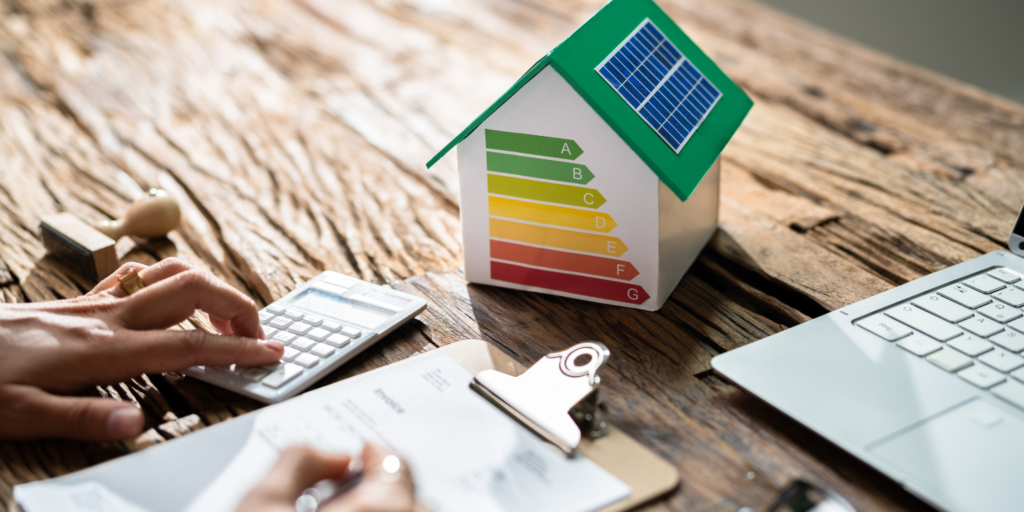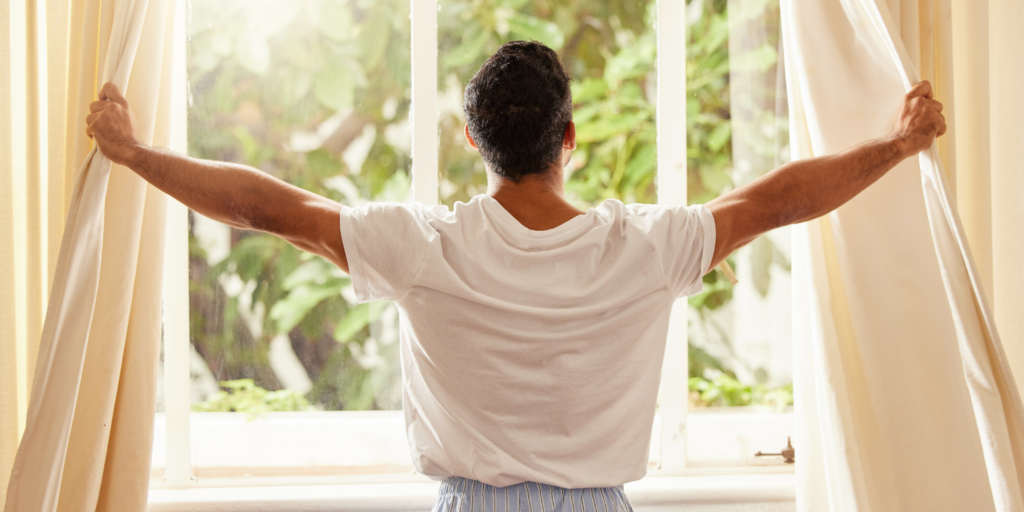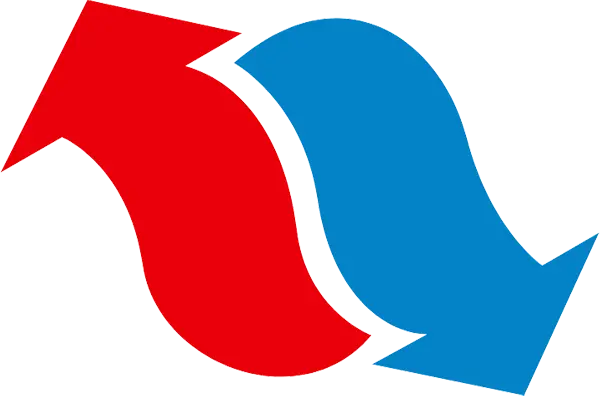
As homes become more energy-efficient and airtight, fresh and healthy air circulation becomes crucial. Heat Recovery Ventilators (HRV) offer a game-changing solution, allowing homeowners to enjoy fresh air without compromising on heat and energy costs. Below, we've answered the top questions about HRVs to help you make an informed choice.
HRVs are systems that allow the exchange of fresh outside air with stale inside air. These ventilators use a heat exchanger to transfer energy to incoming air from outgoing air. These incoming and outgoing streams also never come into direct contact. As a result, homes benefit from fresh air circulation without losing heat or energy efficiency.
An ERV, or Energy Recovery Ventilator, is a ventilation system that not only exchanges stale indoor air with fresh outdoor air but also manages and balances indoor humidity levels. It achieves this by transferring moisture between the outgoing and incoming air streams in its heat exchanger. ERVs are especially beneficial in areas with pronounced humidity changes, ensuring that indoor conditions remain comfortable without placing additional strain on heating or cooling systems.
While both HRVs (Heat Recovery Ventilators) and ERVs (Energy Recovery Ventilators) are designed to improve indoor air quality by exchanging stale indoor air for fresh outdoor air, their primary difference lies in moisture control. An HRV transfers heat between the outgoing and incoming air streams, ensuring energy conservation during the process. In contrast, an ERV transfers both heat and moisture. This means an ERV can help maintain a balanced indoor humidity level, making it especially valuable in regions with extreme humidity conditions, either very humid or very dry.
If you live in an area with extreme humidity conditions (either too humid or too dry), an ERV might be more suitable for you. ERVs can transfer moisture from the incoming air to the outgoing air in the heat exchanger, either adding or removing humidity to balance indoor conditions. In contrast, HRVs simply exchange heat.
If you're always running your humidifier or dehumidifier, then an ERV will save you more money while efficiently maintaining your ideal indoor climate.
Not sure which system to choose? Contact us today and we would be happy to walk you through your options!
The initial cost of an ERV might be slightly higher than that of an HRV due to its added moisture management feature. However, the choice between them shouldn't be based solely on price. Consider your local climate, your home's specific needs, and the potential long-term energy savings to make an informed decision.
By replacing stale indoor air with fresh outdoor air through a heat exchanger, HRVs prevent the loss of heat. This means when you introduce fresh air into the house using an HRV, your heating system doesn't overwork, saving you on increased energy bills.
With homes becoming more airtight, stale air can lead to a buildup of bacteria and mould, compromising indoor air quality. Fresh air circulation reduces these pollutants, making the living environment healthier and more pleasant.
HRVs integrate seamlessly with your home's existing HVAC system. They draw fresh air into the home through the ducts and vents that are already in place, enabling homeowners to enjoy improved air quality without any remodelling work.
Yes, studies have shown that HRVs can significantly reduce indoor air pollution. By facilitating continuous air exchange, these systems can decrease bacteria and mould growth, making the indoor air healthier to breathe.

Opening a window, especially during extreme weather conditions, can make your heating or cooling system work harder to maintain a comfortable temperature, leading to increased energy bills. HRVs allow fresh air intake without these additional costs.
While HRVs are especially beneficial in colder climates where windows remain shut for longer periods, they are suitable for a variety of climates. Their ability to exchange stale air for fresh air without heat loss makes them an efficient choice year-round.
During hot and humid summer days, opening a window can introduce unwanted warmth and humidity. HRVs allow homeowners to bring in fresh air without the accompanying heat, ensuring a comfortable indoor environment.
Regular maintenance by professionals like Appleby Systems, ensures the longevity and efficiency of your HRV. Regular cleaning, filter replacements, and periodic checks will keep the system operating optimally.
Absolutely! By optimizing fresh air intake without compromising on heating or cooling, HRVs can reduce energy bills, leading to significant savings over time.
To install an HRV in your home, it's best to consult with a certified HVAC (Heating, Ventilation, and Air Conditioning) professional or specialist who has experience with ventilation systems. The installation process involves assessing your home's ventilation needs, selecting the right HRV unit size, integrating it with your existing HVAC system, and ensuring proper ductwork setup for efficient air exchange.
Appleby Systems specializes in the installation and maintenance of HRVs. Our team can guide you through the process, ensuring you have the best system suited for your needs.
Interested in learning more or thinking about an installation? Contact Appleby Systems today for expert advice and solutions.
